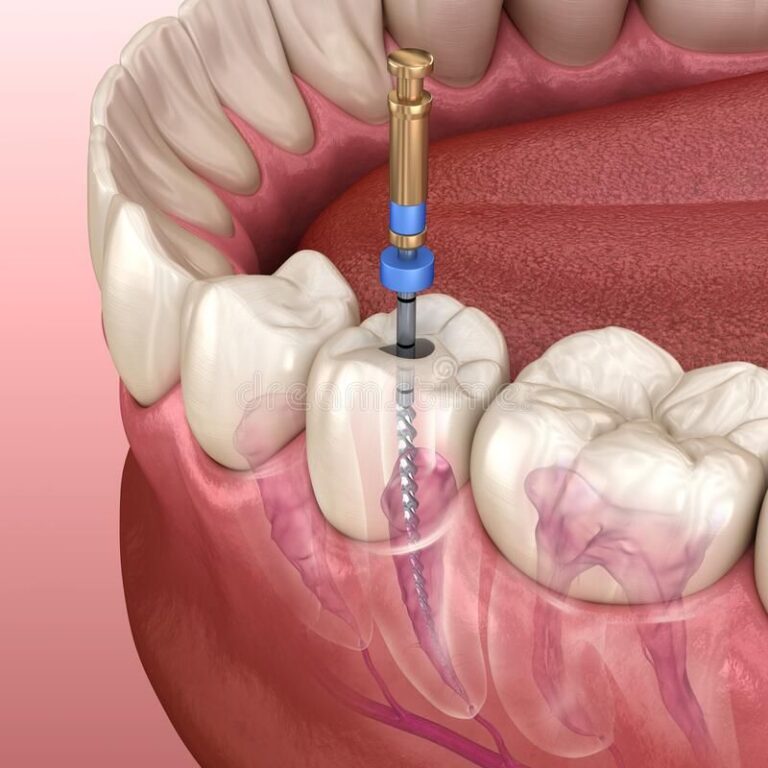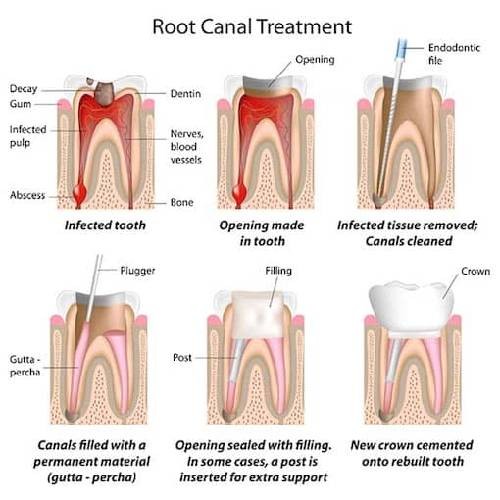ENDODONTICS




Endodontics encompasses the study (practice) of the basic and clinical sciences of the normal dental pulp, the etiology, diagnosis, prevention, and treatment of diseases and injuries of the dental pulp, along with associated periradicular conditions.
In clinical terms, endodontics involves either preserving part, or all of the dental pulp in health or removing all of the pulp in irreversible disease. This includes teeth with irreversibly inflamed and infected pulpal tissue. Not only does endodontics involve treatment when a dental pulp is present, but also includes preserving teeth that have failed to respond to non-surgical endodontic treatment, or for teeth that have developed new lesions, e.g., when root canal re-treatment is required or periradicular surgery.
Endodontic treatment is one of the most common procedures. If the dental pulp (containing nerves, arter
Procedures
Root canal treatment
Root canal treatment is a dental procedure used to treat infected tooth pulp which would be otherwise extracted. The pulp is the soft tissue core of the tooth which contains nerves, blood supply, and connective tissue necessary for tooth health. This is usually caused when bacteria enter the pulp through a deep cavity or failed to fill.
Root canal treatment is required when the dental pulp is irreversibly damaged and involves both coronal and apical pulp.[5] Root canal treatment can also be carried out on teeth with a doubtful pulpal state before placing post-retained crowns and overdentures.[6] Root canal therapy is not only performed when pain relief from an infected or inflamed pulp is required. It is also done to prevent adverse signs and symptoms from the surrounding sequelae and promote the healing and repair of the surrounding periradicular tissues. An example of which is if there is trauma to a front tooth which has caused it to be avulsed from the bony socket; endodontic treatment is required following re-implantation to preserve the aesthetics and function of the tooth, even though there may be no adverse symptoms of the dental pulp, or pain present at the time.
Prior to root canal treatment, clinical examination, and radiographic examinations are carried out to diagnose and plan treatment. Local anesthesia is delivered to make the procedure pain-free. The tooth to be treated is then isolated using a rubber dam, which prevents saliva from entering the tooth during treatment and protects the airway from the fine files and strong chemicals used. The root canal treatment procedure is often carried out over single or multiple appointments.
